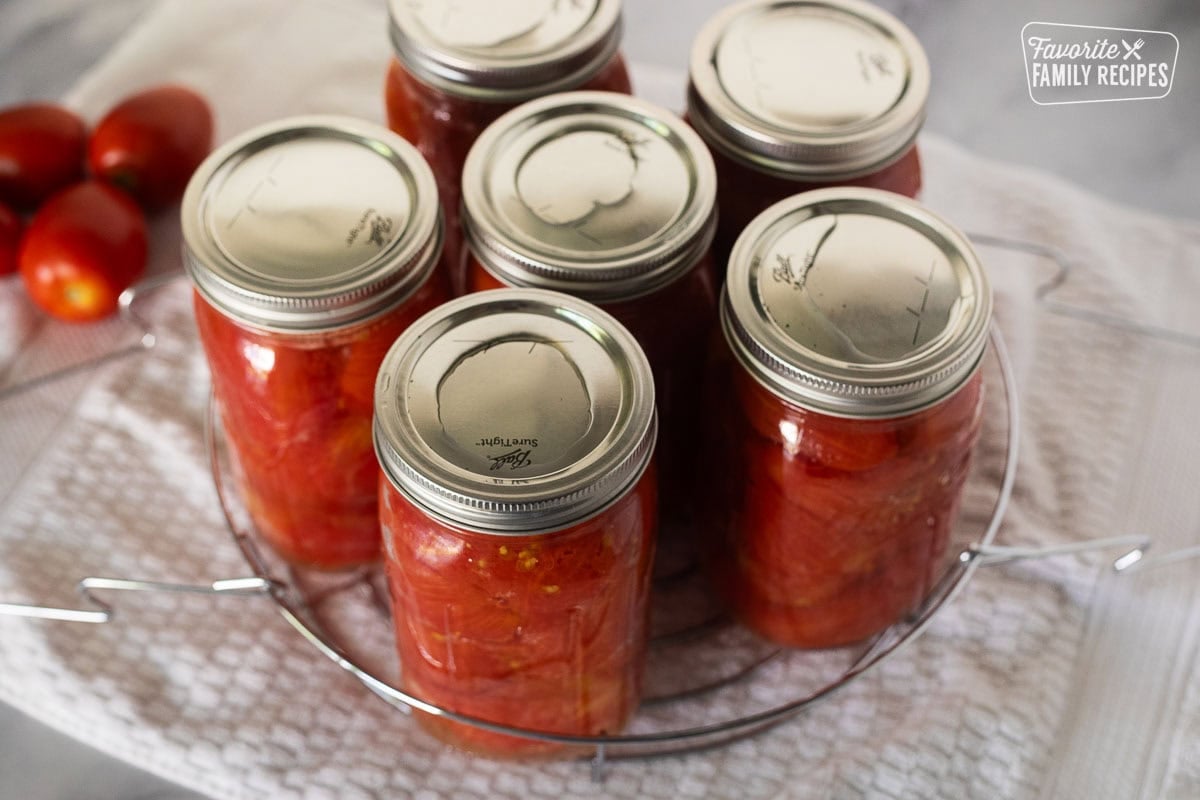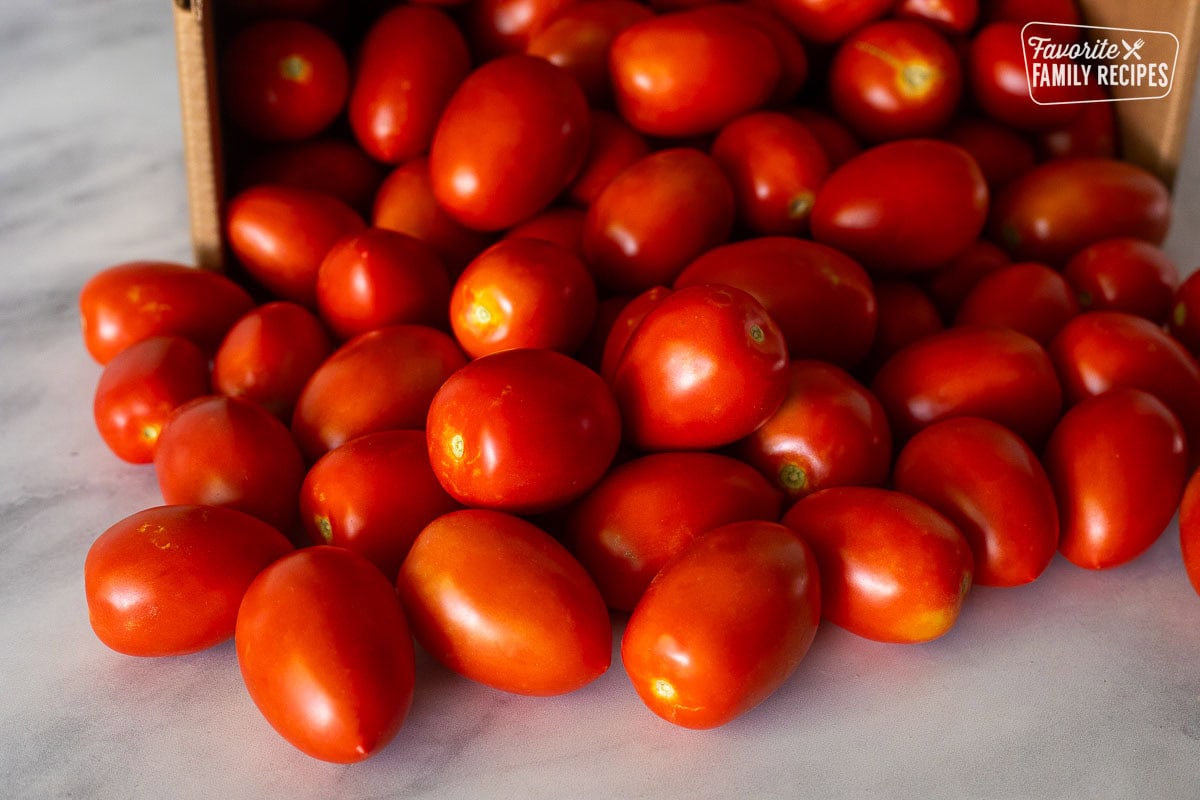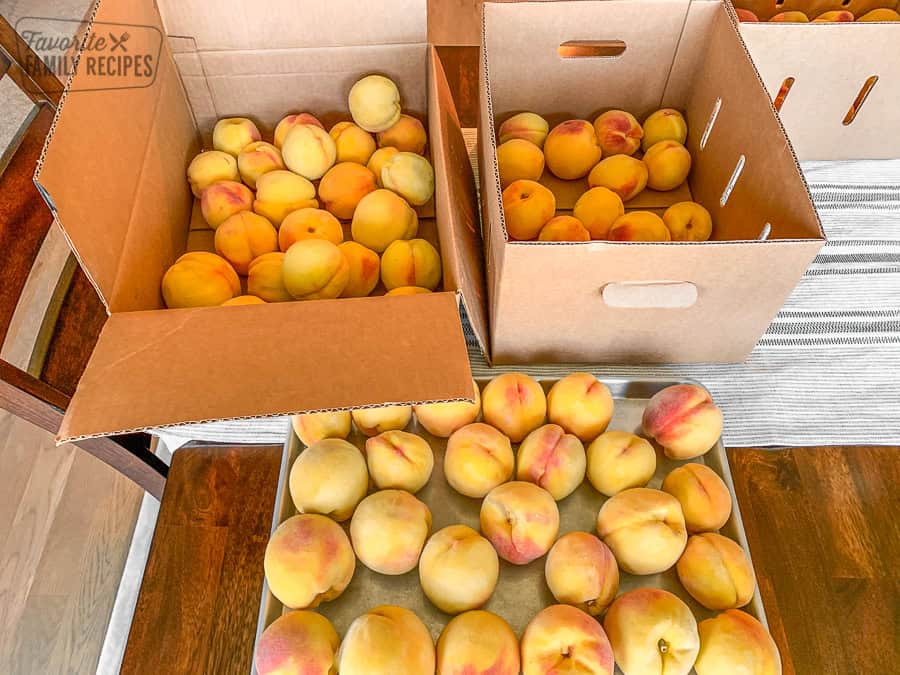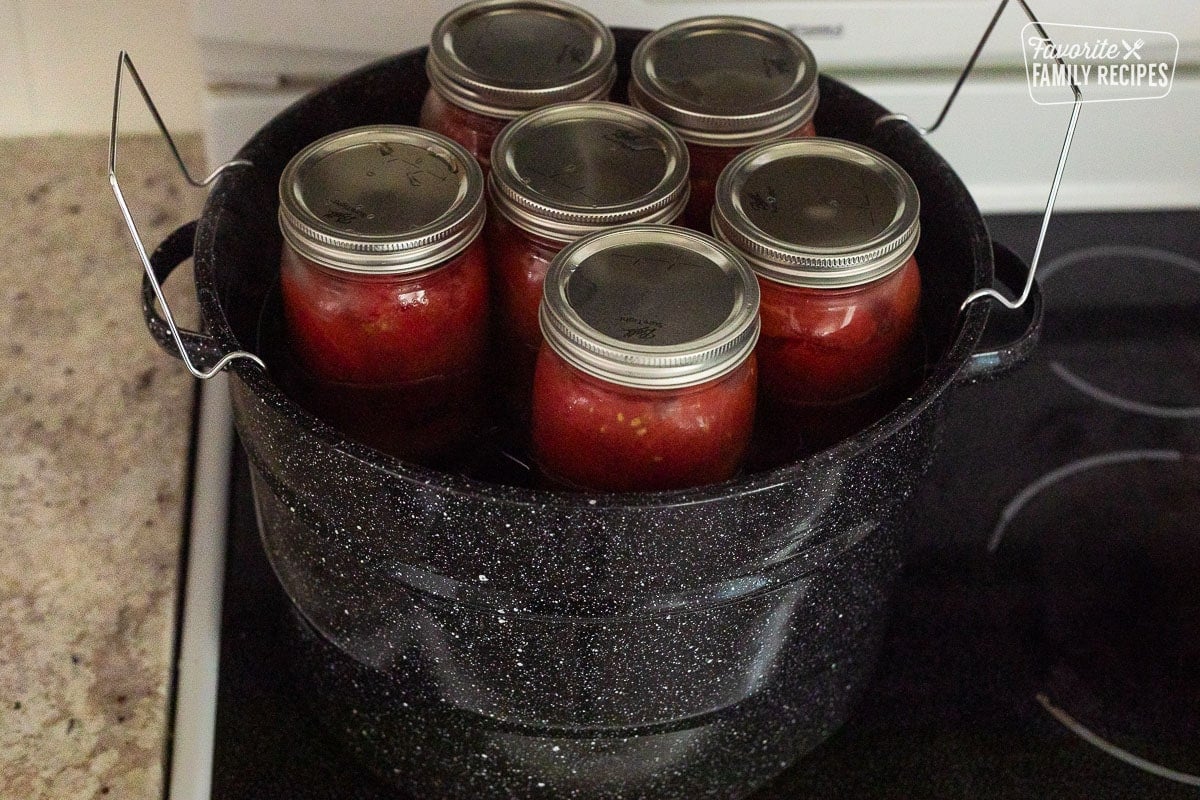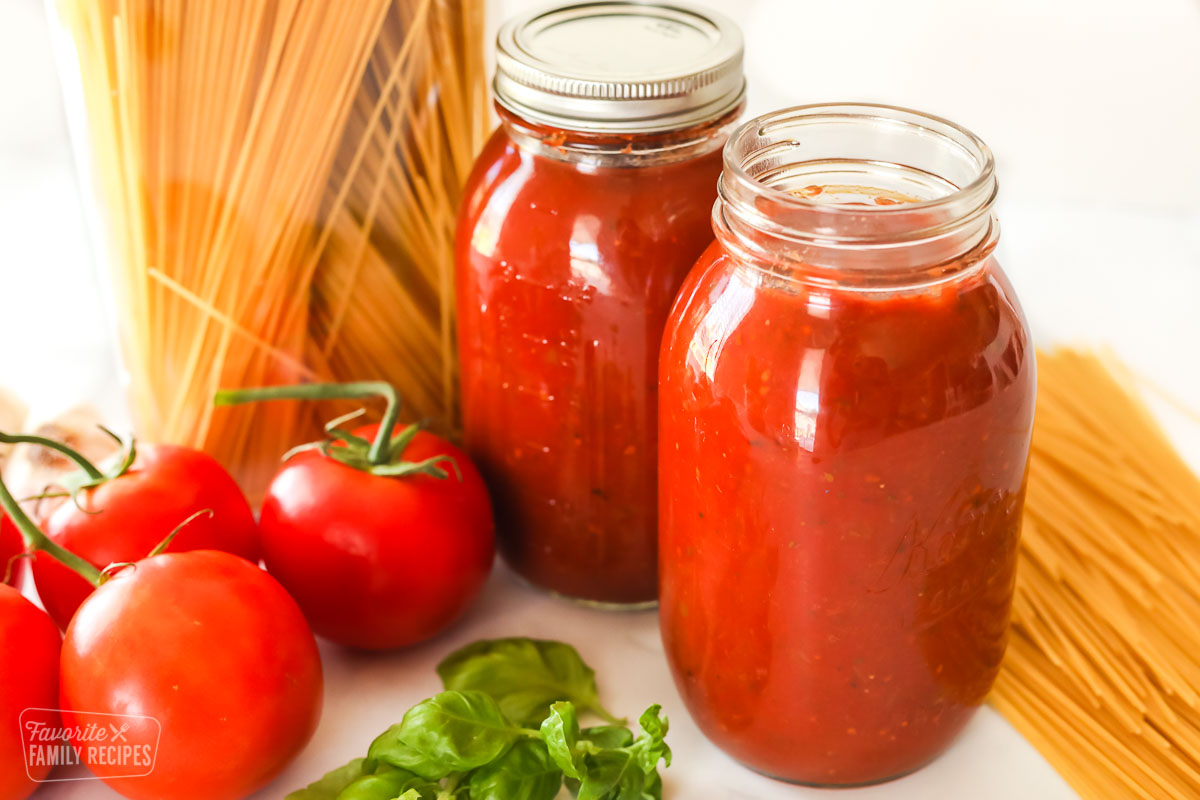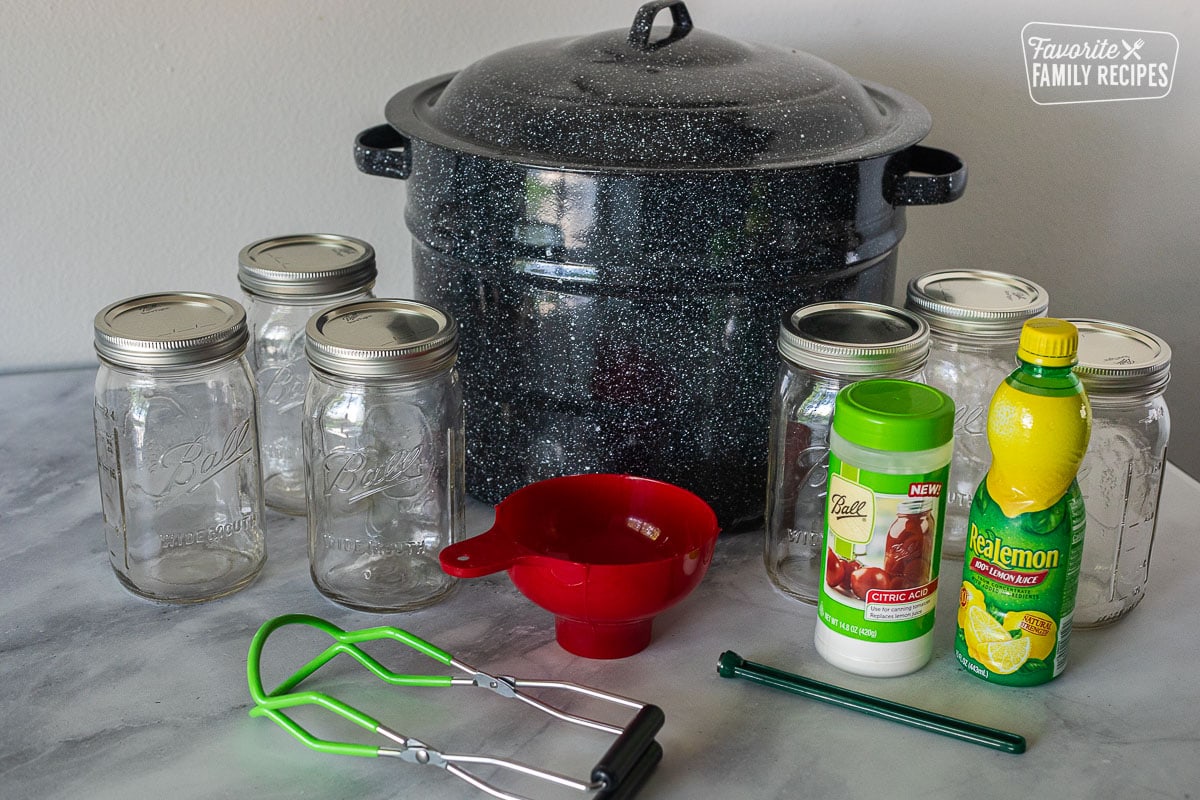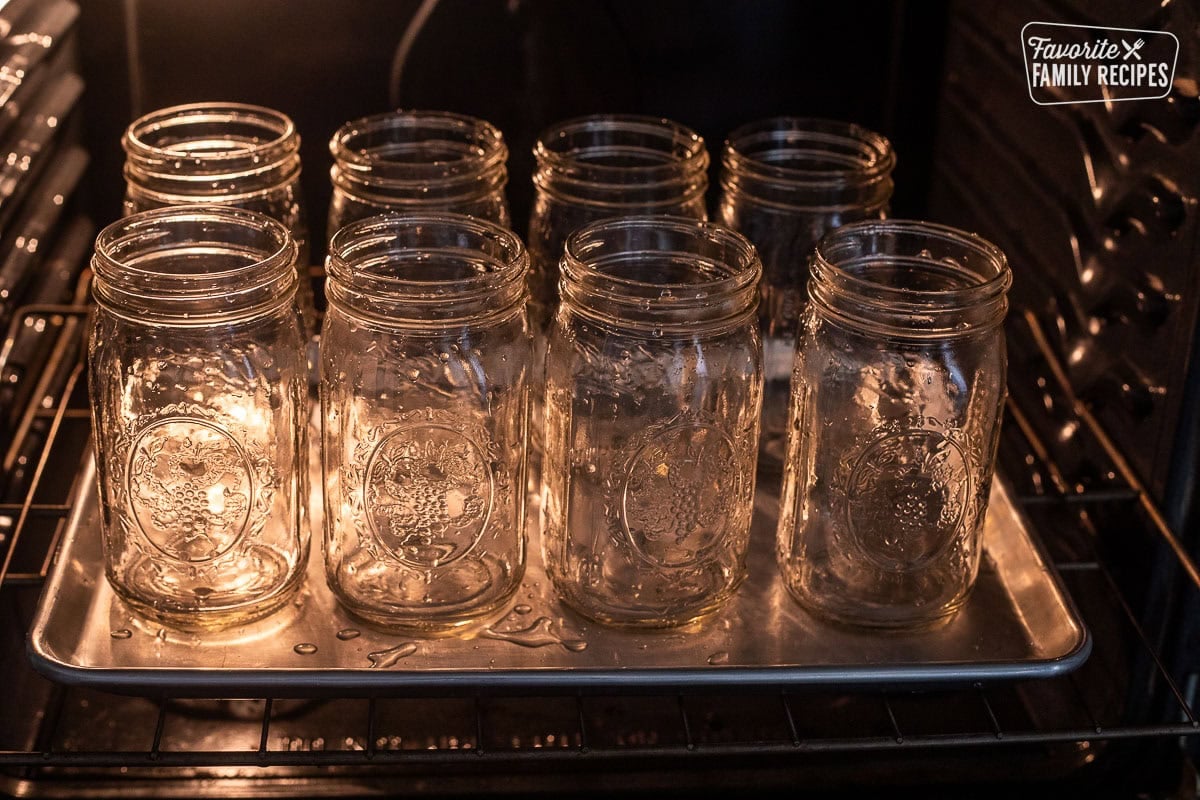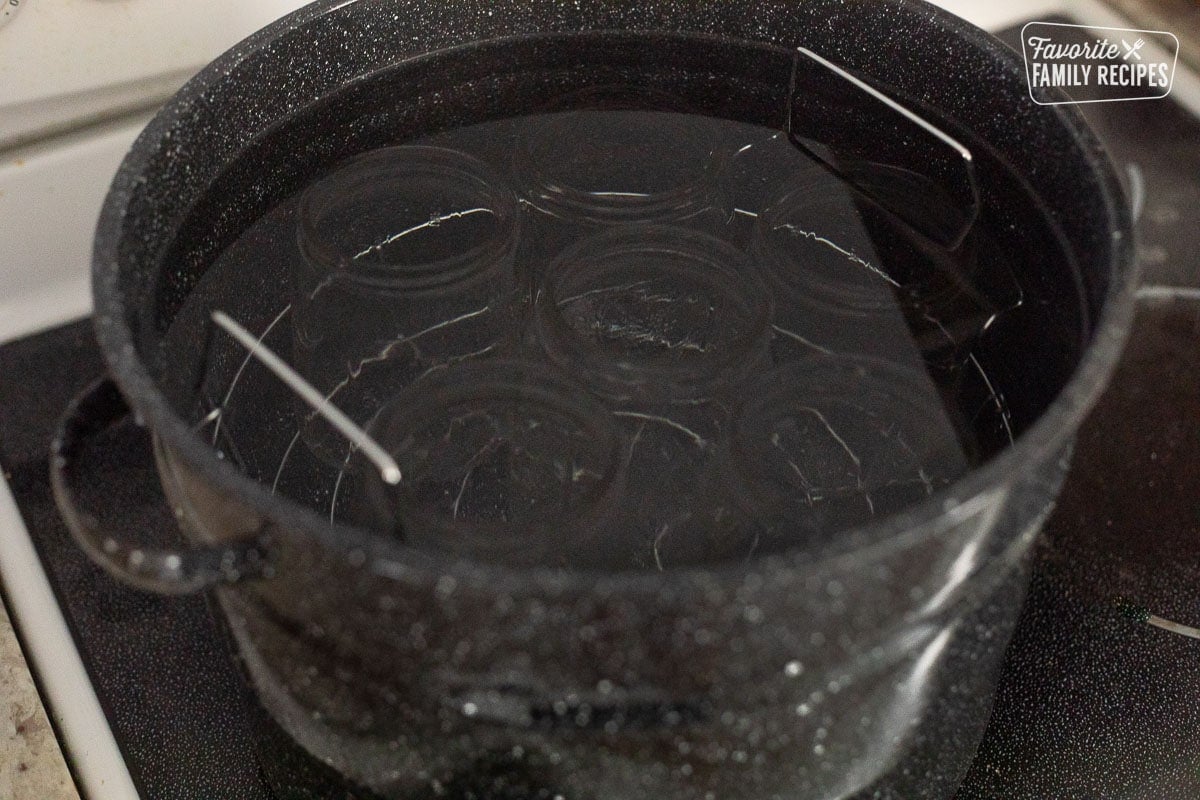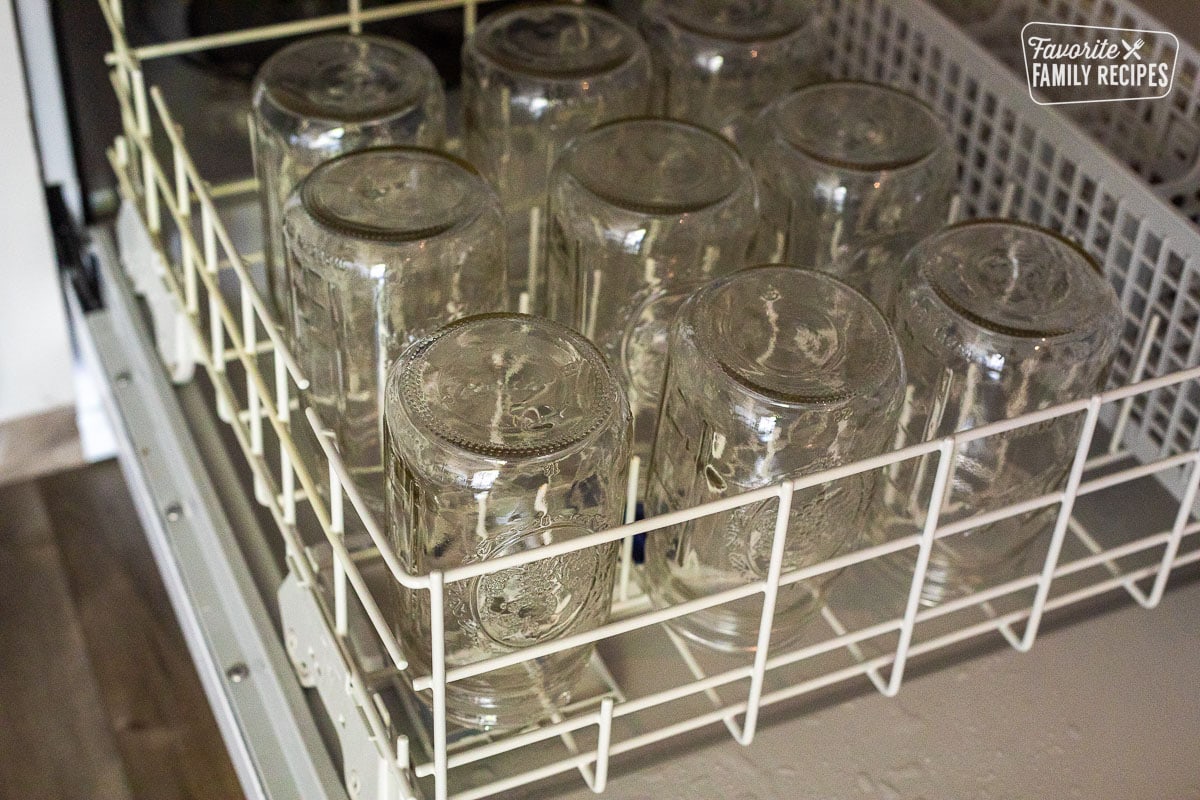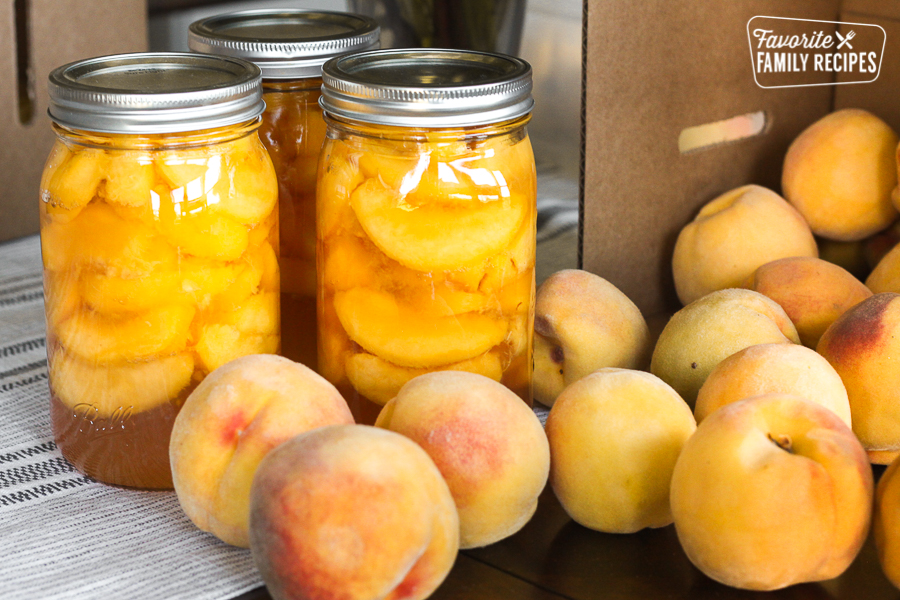To this day, when the tomatoes are on the vine or our trees are bursting with peaches, we all find ourselves at my mom’s house canning for days. My sisters will even travel here from out of state, just to can! When peaches are in season we have an impressive assembly line of all of us peeling, pitting, and slicing. By the end of each day we are covered head to toe in sticky peach juice but ultimately rewarded with enough peaches to last through the year for each of our families (trust me, that is a LOT of peaches). I am so excited to share with you all our tips and tricks for canning. In this post I will walk you through the basics of the three types of canning, the pros and cons of each method, what can and can’t be canned (say that three times fast), and common mistakes people make when canning. The USDA has approved all of these methods of canning. Yes, even steam canning has been approved, though somewhat recently. Water bath and steam canning are processes that can only be used for high-acidity foods, while pressure canning is the only acceptable method for low-acid foods. Understanding the differences (and similarities) between all of these methods will help you choose the best approach for preserving your favorite foods.Here’s a quick glimpse of each method, along with some tips for success:
Foods Suitable for Water Bath Canning:
Fruits (apples, peaches, berries) Jams and jellies Tomatoes (with added acid like lemon juice) Pickles and pickled foods (like pickled beets) Salsas and relishes Fruit juices
To be safe, always follow USDA guidelines when canning any of these foods. It is crucial to make sure the acidity levels are at what they should be. You may need to add citric acid, vinegar or lemon juice to some of these foods to make them suitable for canning.
Pros of Water Bath Canning:
Inexpensive equipment Great for beginners Easy process
Cons of Water Bath Canning:
Limited to high-acid foods (with a pH lower than 4.6) Takes longer for the water to boil and be ready for processing than steam canning.
Foods Suitable for Steam Canning:
Fruits Jams and jellies Tomatoes (with added acid) Pickles and pickled foods (like pickled beets) Salsas and relishes Fruit juices
(see notes above in the water bath canning section about acidity levels when canning any of these foods)
Pros of Steam Canning:
Faster processing times Uses less water and energy Easier and quicker setup and cleanup
Cons of Steam Canning:
Limited to high-acid foods (with a pH lower than 4.6) Requires careful monitoring of temperature and time
Foods Suitable for Pressure Canning:
Vegetables (beans, carrots, corn) Cooked/prepared meats (beef, chicken, pork) Chili Soups and stews
Pros of Pressure Canning:
The only approved method for low-acid foods. Period. Versatile and safe for a wide range of foods Longer shelf life for preserved foods
Cons of Pressure Canning:
Requires more expensive and complex equipment Steeper learning curve for beginners Longer processing and cooling times
Boiling Water: Wash jars lids and rings in hot soapy water and rinse well. Fill jars with hot water, place on canning rack and lower into water bath canner filled with water. Heat the water over medium heat for 10 minutes. Dishwasher: Place jars in the dishwasher and run on “sterilize” cycle with heat dry. Keep warm in the dishwasher until ready to use. Canning Peaches at Home: A complete guideVirginia Sweet Chunk PicklesCanned Spaghetti SauceCanned Salsa Savory Canned SalsaHow to Can Whole TomatoesHow to Can Diced TomatoesHomemade Tomato JuicePepper Jelly
